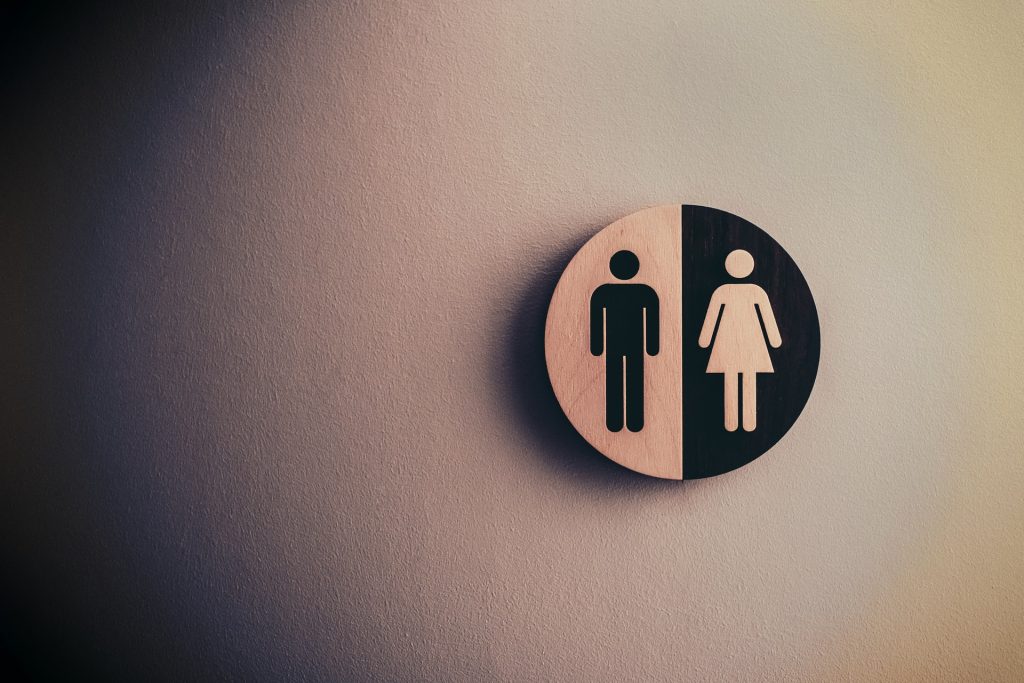
‘Stereotypical’ gender behaviour differences were exaggerated during the COVID lockdown in Austria, according to a recent study published in Scientific Reports.
Men and women conducted themselves differently in the wake of the COVD lockdown in Austria, with women spending more time on the phone while men returned to crowded and public areas more quickly.
Using mobile phone data from 1.2 million devices in Austria (representing 15% of the population) across the first phase of the COVID pandemic, researchers quantified gender-specific patterns of communication intensity, mobility, and circadian rhythms. They noted the resilience of behavioural patterns with respect to the shock imposed by a strict nation-wide lock-down that Austria experienced in the beginning of the crisis with severe implications on public and private life. They found significant differences in gender-specific responses during the different phases of the pandemic. They found that following lockdown, gender differences in mobility and communication patterns increased massively, while circadian rhythms tended to synchronise.
In particular, women had fewer but longer phone calls than men during the lock-down. Phone calls involving women lasted significantly longer on average, with big differences depending on who was calling whom. After the first lockdown in Austria was imposed on March 16, calls between women were up to 1.5 times longer than before the crisis (140% increase), while calls from men to women lasted nearly twice as long. Conversely, when women called men, they talked 80 percent longer, while the duration of calls between men rose only by 66 percent.
“Of course, we don’t know the content or purpose of these calls,” says Georg Heiler, a researcher at CSH and TU Wien, who was responsible for data processing. “Yet, literature from the social sciences provides evidence — mostly from small surveys, polls, or interviews — that women tend to choose more active strategies to cope with stress, such as talking with others. Our study would confirm that.”
Mobility declined massively for both genders, however, women tended to restrict their movement stronger than men. Women also showed a stronger tendency to avoid shopping centres and more men frequented recreational areas.
After the lockdown, males returned back to normal quicker than females; and young and adolescent age-cohorts returned much quicker. An age stratification highlights the role of retirement on behavioural differences. They found that the length of a day for men and women is reduced by one hour.
Source: Complexity Science Hub Vienna

